Owl Names in Mythology – Nocturnal Birds Of Prey In The Mystic Realms
Owls are so widely spread across the planet that they have made their way into many mythological traditions over the years. Their fearsome reputation as hunters, beautiful look and distinctive call have helped them take an important part in these histories and become symbols of many facets of life.
For example, many cultures not only respected owls as wise creatures but also considered them a bad omen or a bringer of death, because of their amazing hunting prowess. Understanding these perceptions can expand your knowledge of these fascinating birds and their place in world culture.
Gods Associated With Owls
Mythological traditions around the world have associated owls with many gods. Owls are either companions of gods or gods take their form from time to time. In this way, owls take an important role in many mythological stories. These include:
- Arianhod
- Athena
- Blodeuwedd
- Cailleach
- Gwydion
- Hypnos
- Lakshmi
- Lilith
- Ragana
Owl Names in Mythology
Some mythological traditions don’t have specific names for their owls but name them after the gods which represent them. Others have specific names for these birds based on their early language. Just a few common owl names in these myths include:
- Arianrhod
- Ascalpus
- Athene Noctua
- Cailleach
- Hypnos
- Lakshmi
- Little Owl
- Sheela Na Gig
- Ugla
What Was Athena’s Owl Called?
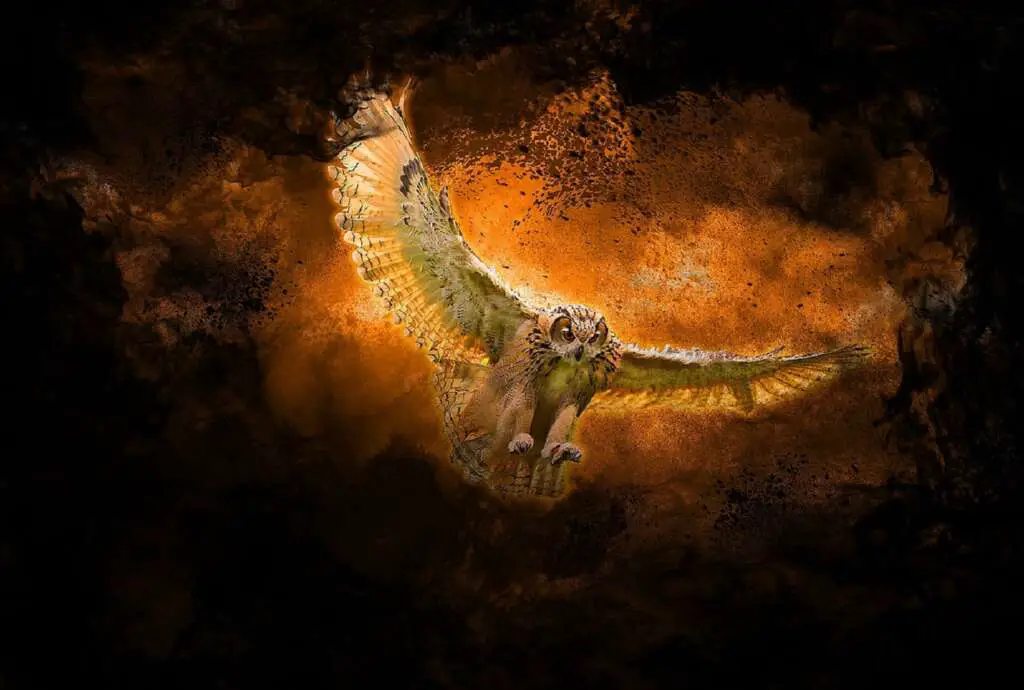
Little Owl
Athena’s companion owl is one of the most well-known owls in all mythology. Known either as Athene noctua (the Latin name for owl) or just Little Owl, was well known for its solemn appearance, large eyes, and role in banishing the crow (considered a mischievous bird in Greek mythology) from the land. Owls took up residence throughout Acropolis and Greek and were considered protected.
Soldiers, who took their appearance before battle as a sign of impending victory particularly acclaimed them. They also considered owls a positive sign for traders and commerce workers throughout the time. As a result, they placed the owl on the reverse side of Athenian coins. They believed that doing so helped the owl keep an eye on Greek traders of the time.
They also considered owls an omen of death in Ancient Greece and later in Rome. For example, the deaths of important Roman figures like Augustus Aurelius, Agrippa, and Julius Caesar were all said to be predicted by owls. They were also said to have warned the Roman Army of defeat at Charrhea before that battle, as one flew over the army before the battle to alert them.
Ascalpus
Further owl symbolism in Roman mythology included the story of Ascalpus, someone who was turned into an owl simply for telling Pluto (the god of the underworld) that he had seen Proserpine picking and eating a pomegranate after promising not to eat anything while in the underworld.
In this tale, they considered the owl a “loathsome, sluggish bird,” proving that Romans had a very different perception of the owl than the Greeks, in spite of borrowing much of their mythological stories from them. Romans also had a superstition that witches turn into owls to suck baby blood. Yikes!
Owl Names in Norse Mythology
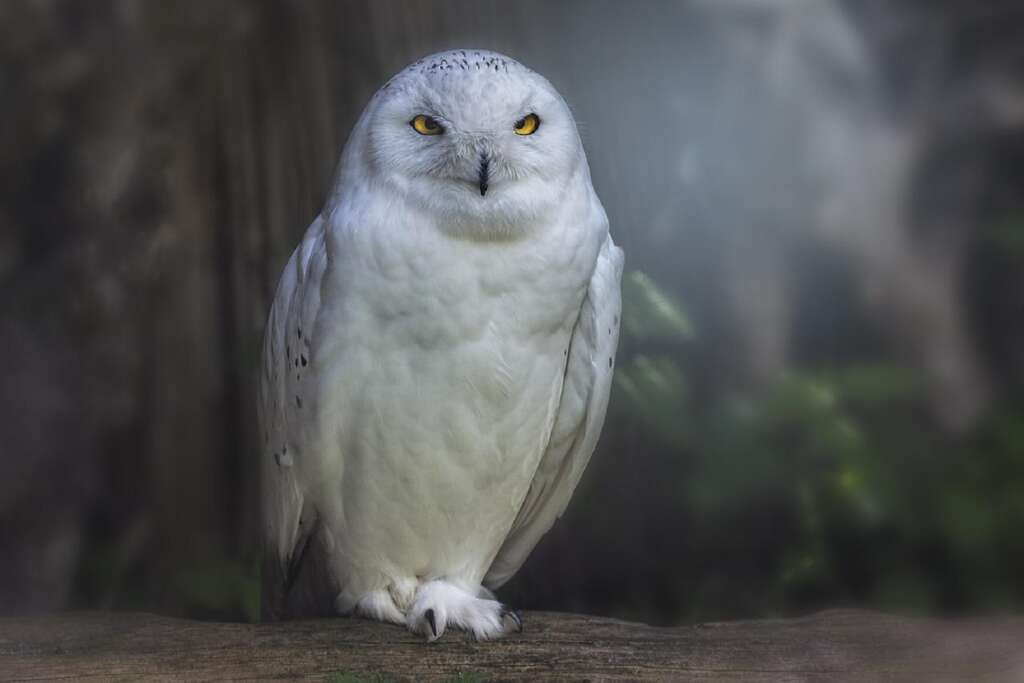
Ugla
Norse myth writers called owls the “Ugla,” a term similar to the old German “Uwila.” They were likely called this because both words (when pronounced properly) describe the call of the owl very well. Norse mythology doesn’t have as many mentions of owls as Greek and Roman traditions, though they do have a place. For example, they are heavily associated with the plant Hawthorn.
Owls are represented by the mystique rune Huathe and are considered a guide to the underworld. That’s because Norse mythological writers knew that owls could see in the dark and could help people find a way through the darkness of the afterlife. In this way, they were often considered an important omen and a positive boon for many stories, such as the Volsunga Saga.
The Volsunga Saga
This ancient Norse mythological story centers around the hero Sigurdr and includes a mention of the owl. While describing Sigurdr, the poem goes in depth on the different important Norse runes, including a “bear’s front paw” and “a wolf’s claws,” before mentioning the “nose of an owl.” The owl was known as a great hunter with a powerful sense of smell, giving potent meaning to the line.
This section of the saga also appears in the Poetic Edda, another important catalog of Norse writing. This information suggests that this poem was significant to Norse culture, particularly its warriors. What importance the owl had is up to debate. Some claim its presence gives it heavy importance in Nordic culture, though other surviving mentions of the owl are scant in this tradition.
You might also enjoy these over 50 cool bird name ideas!
Owl Names in Greek Mythology
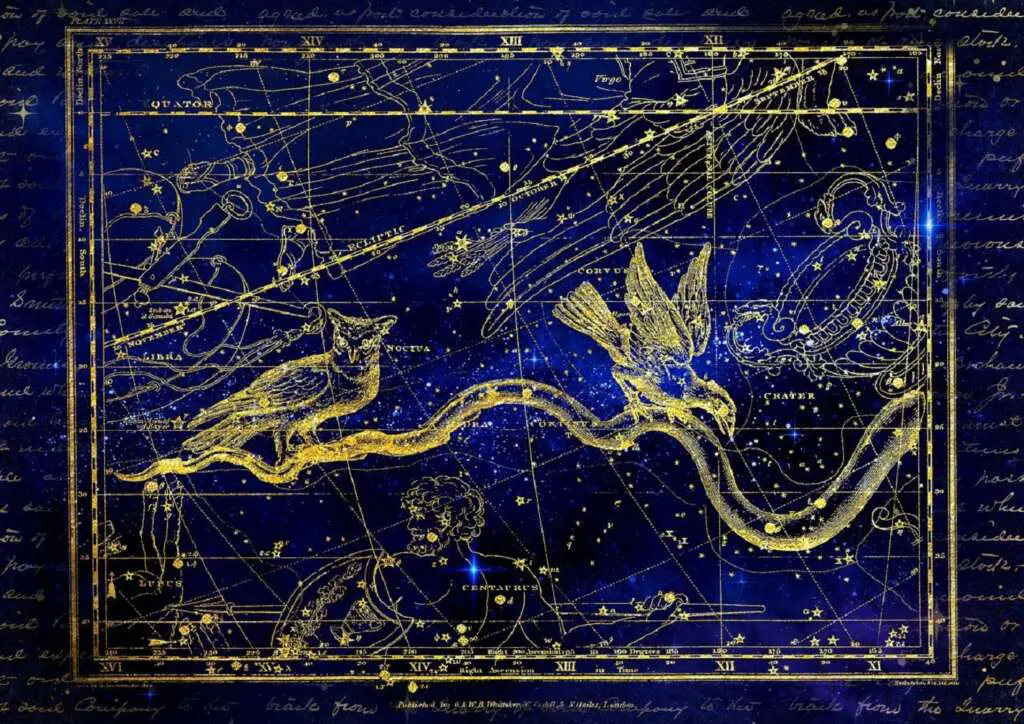
Little Owl
As mentioned in an earlier section, Greek mythology includes Little Owl, or Athene noctua, as part of Athena’s preferred birds. However, there are other mentions of owls throughout Greek mythology that are worth discussing, particularly in connection to other gods.
Hypnos
Hypnos (Somnus in Roman mythology) was the Greek god of sleep and took the form of a great owl. Hypnos would flap his wings to help people sleep and typically is portrayed as living in Lemnos by Greek writers, particularly Homer. Hypnos could also put gods to sleep and was constantly surrounded by Dreams, the mythological representation of the dreams that came to men and gods at night.
The owl’s death symbolism is also highly connected with Hypnos due to Homer’s writing in Iliad. Hypnos was the twin brother of Thanatos, the god of death. As Greeks considered sleep a “little death” and because owls are primarily night hunters and mostly seen in the dark, Greek writers like Homer connected them with death. Such mythological connections remain persistent even now, which shows the importance of understanding these stories.
Owls in Celtic Mythology
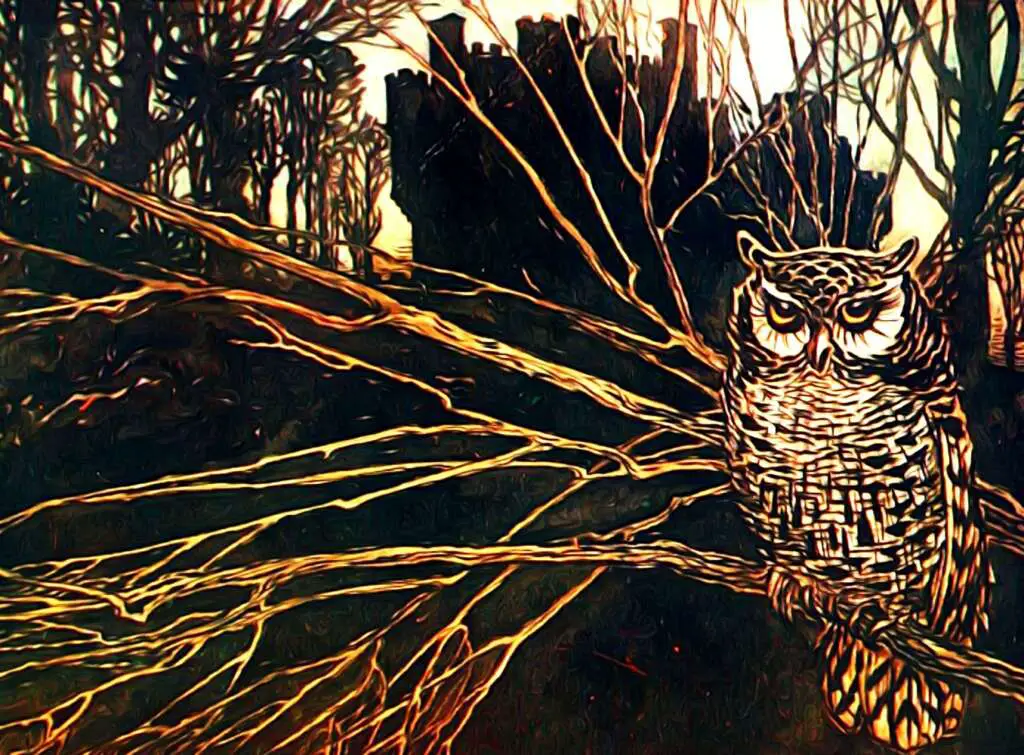
Arianrhod
As the Celtic goddess of fertility, Arianrhod was one of the most important Celtic gods. She is also known as Arianrod and Aranrhod in some stories and is portrayed as living in Caer Sidi, a “revolving castle” connected with the moon and North Star. She was also heavily connected with owls, and some Celtic traditions even name this species after her.
Typically, she is depicted as a pale-skinned and fair-headed goddess that can shapeshift into an enormous owl. This gave her the ability to see in the night and also into the “dark depths” of humanity. She was also considered the “weaver of fate” and was heavily connected with ivy and the silver birch, as well as spiders. Her critical role in Celtic culture makes the owl prominent throughout their myths.
For example, she was usually portrayed as being free-spirited and wide-ranging, much like the owls in Celtic times. Celts respected the owl for its strong hunting abilities and obvious intelligence. They were also afraid of its penetrating stare and howling call, which means they also connected the owl to death and devastation in a few stories.
Blodeuwedd
Blodeuwedd is an important part of Welsh mythology and is considered the non-human bride for Llew Llaw Gyffes, who is the son of Arianrhod. She cursed him to never marry a mortal woman, which meant he could never become a bride. After trying to kill him, Blodeuwedd is transformed into an owl to lament at night. This story not only explains the owl’s distinctive cry but emphasizes the importance of marital fidelity.
Sheela Na Gig
Throughout parts of ancient Celtic lands, sculptures of the Sheela Na Gig are present on churches and other buildings. These figurative carvings are typically naked women serve the same purpose as gargoyles in modern churches. They often have a resemblance to owls, which further cements the connection between women and owls in Celtic culture.
Cailleach
This Celtic hag goddess is considered a primordial creative power that is represented by an owl. She is often called The White Woman of the Owl, and is present in many Celtic mythologies and stories. Her role is often to play a counterpart to beautiful Celtic goddesses or to serve as a warning to Celtic believers about the dangers of aging.
Owls in Hindi Mythology
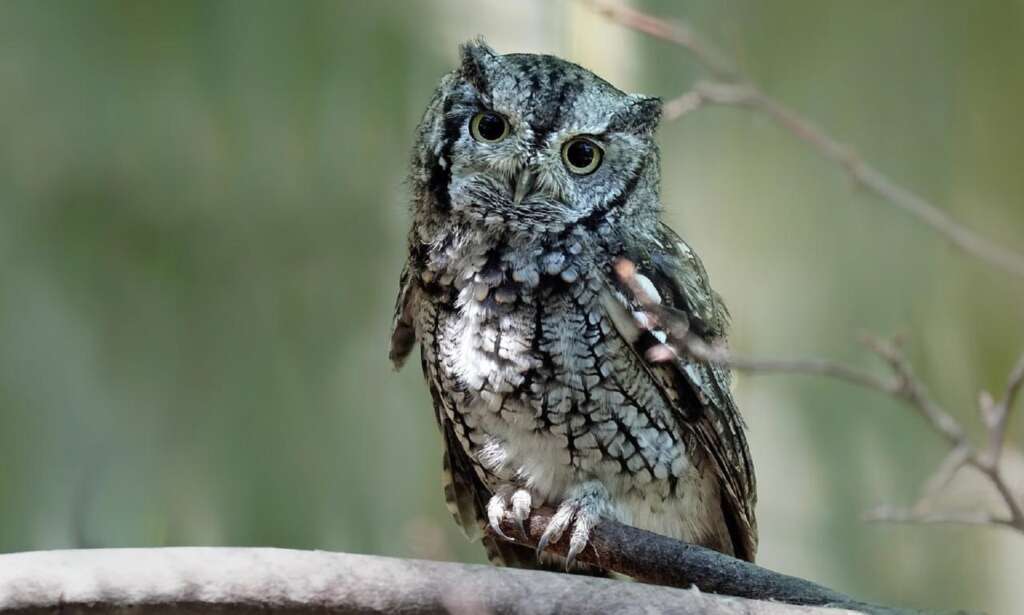
Lakshmi
Lakshmi is an important Hindi goddess considered the personification of wisdom throughout Hindu mythological traditions. She is symbolized by the lotus flower, one of the most important in this religion because it is considered one of the most beautiful of all flowers. Lakshmi is also heavily connected with her sister, Alakshmi, who is considered the opposite of Lakshmi.
Alakshmi is considered a frightening and nasty goddess representative of bad luck, arrogance, stupidity, and excessive luck. Typically, she plays something of a comic relief role in Hindi mythology, as she rides a donkey (considered a stupid animal in this culture) and often represents behaviors that Hindis should avoid, such as relying on luck to get ahead in life rather than wisdom and knowledge.
Lakshmi is the personification of wisdom. Her flower is the lotus, which she is often represented sitting upon. The lotus is a plant of great spiritual and philosophical symbolism because it is born in the mud but emerges in the light, floating on the surface of the water.
Interestingly, Alakshmi often takes the form of an owl that follows Lakshmi and continually gives her poor advice. The odd thing about this is that Hindi culture, like most others, believes the owl is a wise and reflective creature. Why they connect Alakshmi with the owl is confusing, but it may be a humorous contrast, like calling a bald person “Curly” despite their lack of hair.
Owls in Baltic Mythology
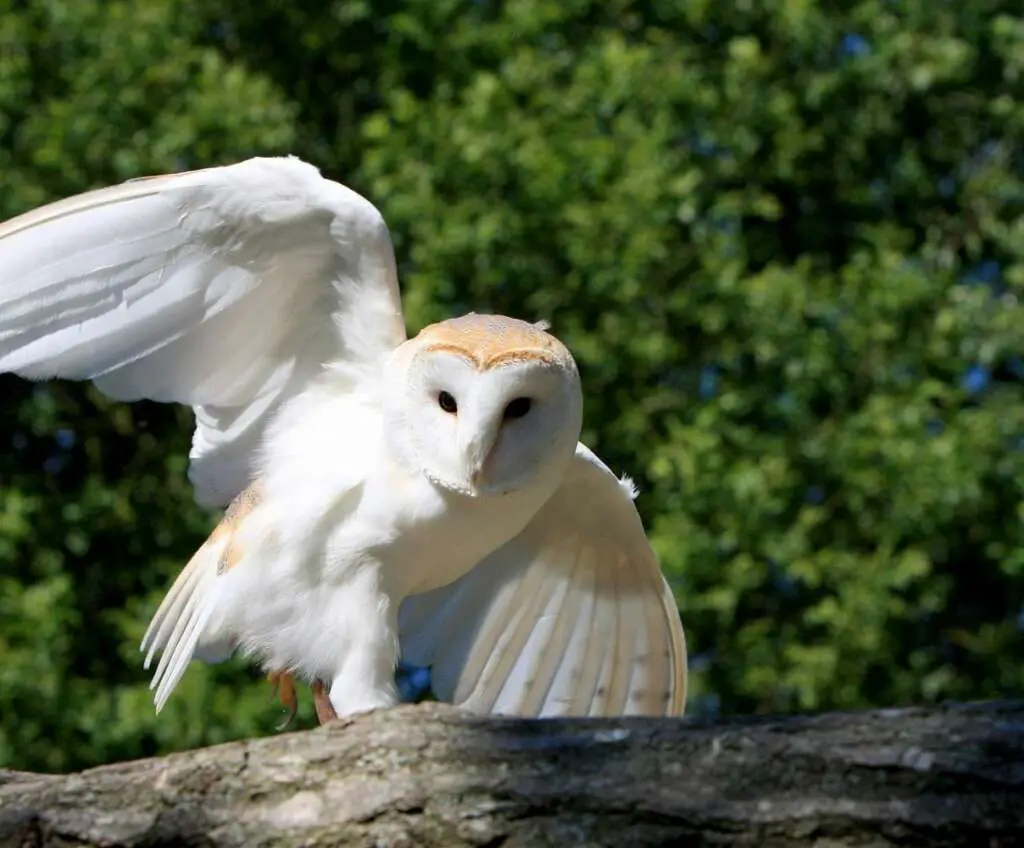
Ragana
The goddess Ragana is a common figure in Baltic mythology, particularly in Latvian and Lithuanian traditions. The name comes from the verb regeiti, which means “predict.” At first, she was considered a fairly positive figure in Baltic mythology and her connection to the owl comes in the form of her appearance. In some stories, this lanky and “bony-legged” witch is a barn owl.
This connection also makes sense considering that her name is also connected to the word raga, which means “horn” or “crescent,” creating a strong connection with the moon and night. Few birds have as strong of a connection with night as owls, cementing their connection. As a result, owls were often considered omens (what else is new?) in Baltic myths, as well as a harbinger of bad luck and ill-will.
Owls in Pagan Mythology
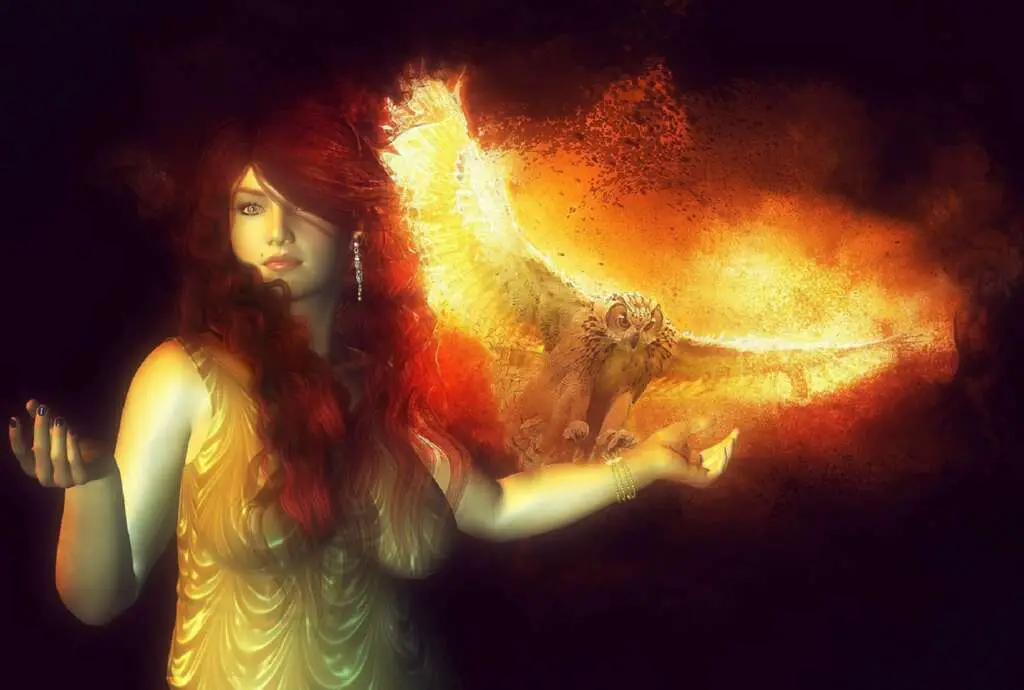
Lilith
Lilith has an interesting history and is connected not only with pagan religious concepts but early Christian myths. Pagans claim her as a powerful owl goddess who represents the night and a wise leader. However, early Christian writers often took old pagan stories and reused them for their purposes, retrofitting Lilith into the story of Adam, though this story is often left out of modern Christian belief.
In Christianity, Lilith was Adam’s first wife and was created in God’s image. Lilith was a strong-willed woman, though, one who disobeyed Adam’s many orders. As a result, God banned her from the Garden of Eden, forcing Adam to create Eve later. According to some stories, Lilith mated with fallen angels as revenge to create the race of demons that plague humanity in Biblical traditions.
Other legends even claim that Lilith is the Mother of Vampires and has been portrayed in modern vampire stories as a powerful goddess of the night. These portrayals are very unpopular in modern pagan circles, as they write of Lilith with more positive terms and believe early Christian writers tried to demonize her to distant pagan worshipers from their beliefs.
Owls in Biblical Mythology
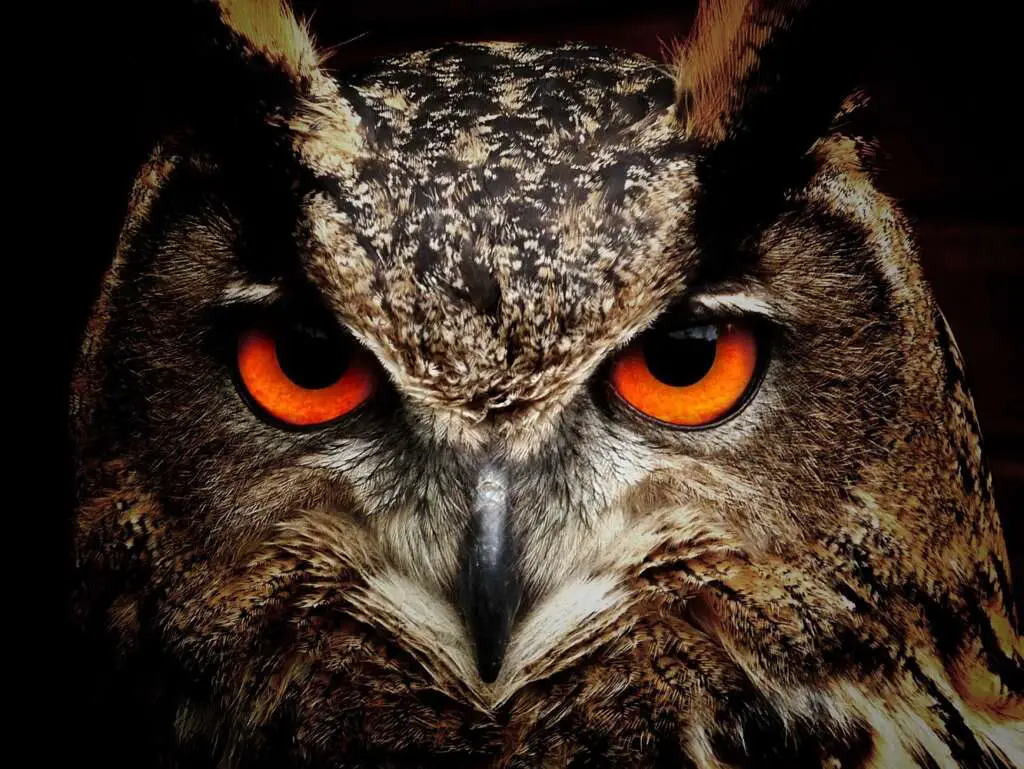
Middle Age Biblical writers connected owls with stupidity and criminal activities because they were most active at night and couldn’t see well during the day. They constantly linked them to deceit and wickedness and often used them as a “warning” character, i.e. a strawman persona that could do nothing right. However, traditional Hebrew Biblical writing connected owls with sorrow, repentance, comfort, and good luck. Judaism used the owl as its feminine symbolism.
Related posts:
*Seagull symbolism in mythology
*Falcon names in mythology
*Hawk names in mythology